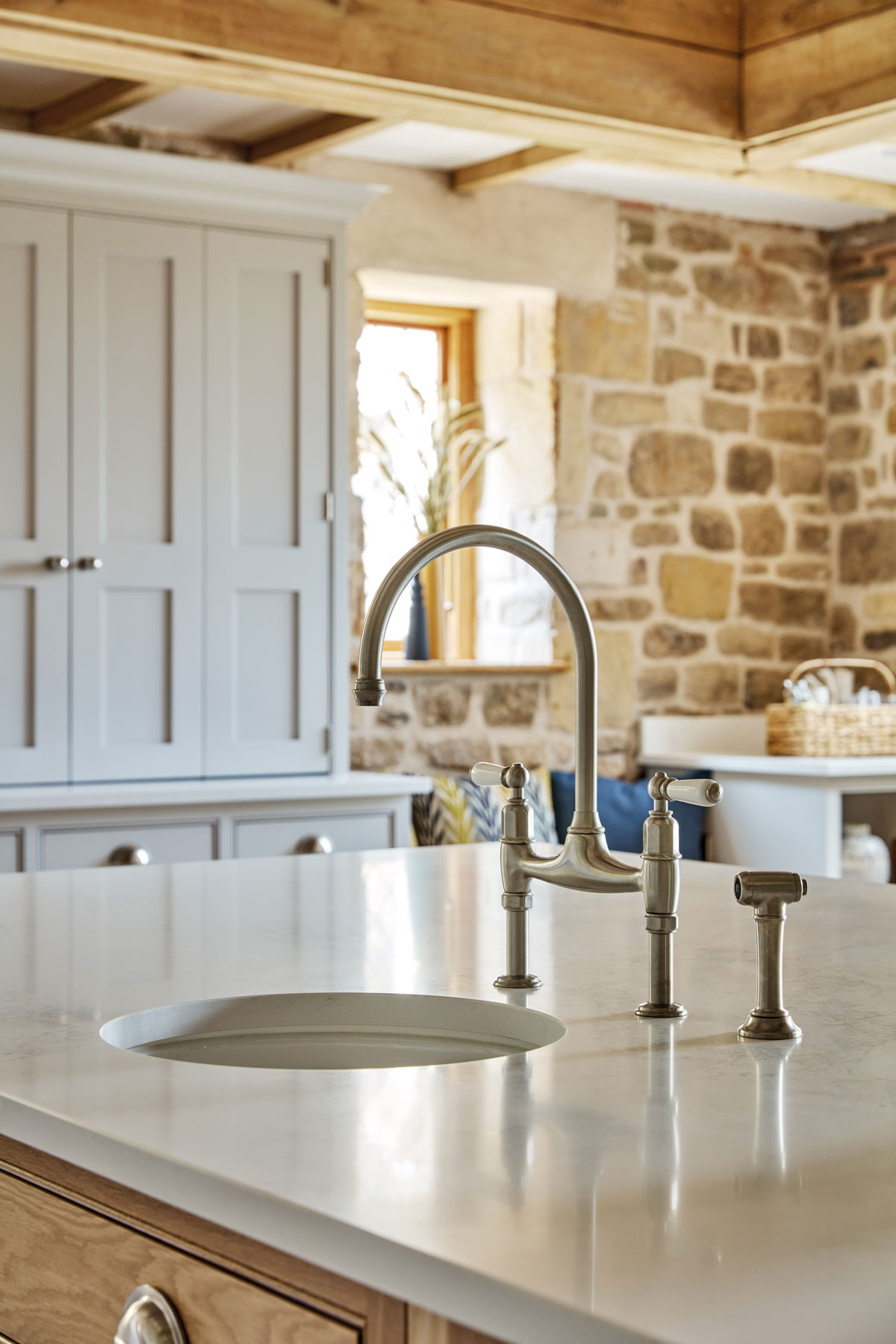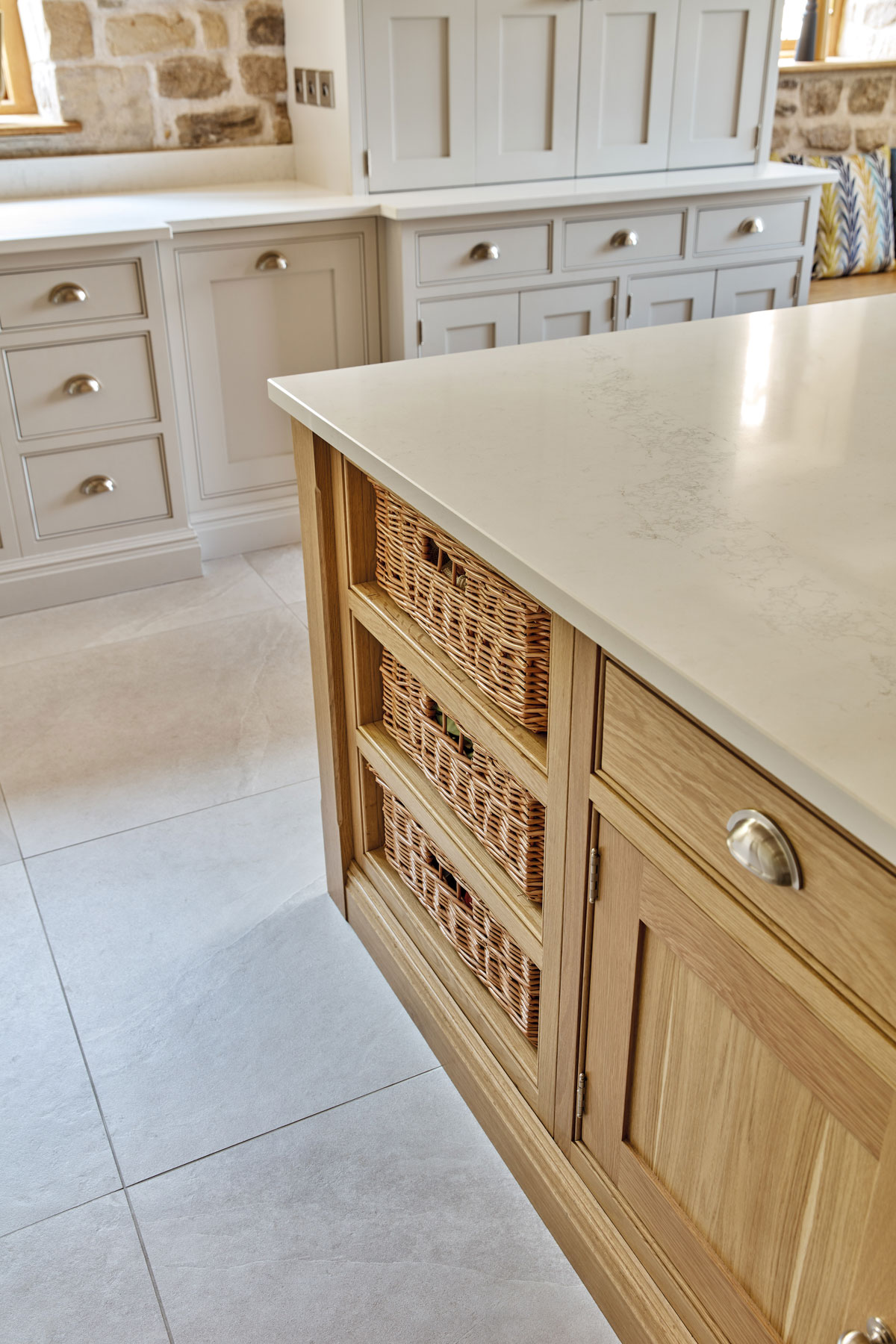In today's competitive digital landscape, a robust social media presence isn't just a luxury—it's a necessity.
But when discussing this with my clients, many of them feel they’re already ‘wearing too many hats’ to concentrate on marketing, let alone running a social media account. When sorting through the mountain of hats, it becomes easy to disregard the marketing one. It’s not as heavy as some of the others and doesn't cry out for constant attention like the project management hat has been known to do. No, it sits on top of your head nice and quietly.
But is a quiet marketing hat actually what you want?
As a business owner, I am keenly aware of how tricky it can be to prioritise marketing when areas such as operations and customer service need to be tended to. However, as a marketer, I’m hoping this article can convince you that taking the time out of your busy day to develop your social media presence is well worth it. After all, social media is one of the most cost-effective and impactful areas of marketing. The more you leave it to the end of your to-do list, the more likely you are to slip behind your competitors in the digital space.
So, how can your social media strategy not only line up with, but bolster, your broader marketing goals?
Understanding the building blocks
Knowing your audience
It’s important to remember that marketing is deeply psychological. So, if you want people to buy into your brand, it’s essential to first understand your audience. Architects, builders, and designers—what are their needs? What inspires them? And most importantly, with all the competitors out there why should they follow you?
This part of the process may require some brutal honesty about your current social presence as you’ll need to think about what you offer and what you’re lacking. Perhaps you provide a highly specialised service. Are you shouting about it enough? Maybe your attention to detail is best in class. Is that immediately obvious from looking at your social media?
Understanding what your audience is looking for and being able to provide it is the first step to successfully utilising social media.
Stopping the scroll
Now that you’ve identified your audience, you need to get their attention. Fast.
When it comes to social media, you've got around three seconds to grab someone’s attention. There are billions of posts people could be looking at—what about yours is going to make them stop scrolling and click on your profile?
If your answer was ‘building an emotional connection’, you’re correct.
The content you share needs to be more than just visually appealing. To grab users’ attention, it’ll need to resonate with them on an emotional level, whether that’s feeling awestruck by the beauty of your stone, inspired by your designs, or even envious of your expertise.
Emotional crash course
So how exactly do you tap into specific emotions?
There are a variety of ways you can look to invoke an emotional response from viewers, but here are some of the most reliable techniques you can use as the ‘bread and butter’ of your social media strategy.
Awe: The best way to impress someone is often by showing, not telling. From sprawling drone footage of final products and projects to pictures capturing the intricate details of a marble vein. High-quality pictures and videos of your work can do wonders.
Inspiration: If audiences feel inspired by your work, they’re far more likely to keep you front of mind. Sharing before and after images of projects is a brilliant way to showcase your potential and get people thinking about what they can do.
Appreciation: You and your workforce can bring a personal touch to the table. Profiles and interviews with skilled workers sharing personal journeys, inspirations, and details of their craft can help audiences understand what goes into your work.
Curiosity: Appealing to curiosity is a great way to position yourself as experts in the field, as well as showing your willingness to share knowledge. This can be achieved through sharing tips and trivia, work in progress images and videos, as well as more detailed think pieces.
To harness these emotional triggers effectively, you’ll have to start thinking about where your target audience is most engaged and receptive.
Maximising your reach
Finding your platform
Once you have an idea of what to post, it’s time to talk about which platforms you should be considering. People use different platforms for very different purposes, so unfortunately a ‘one-size-fits-all' approach to social media platforms is unlikely to land.
LinkedIn, undeniably vital for B2B interactions, and Instagram, a favourite amongst architects seeking visual inspiration, are key platforms for any business. But have you also considered the lesser tapped into markets? Pinterest has great potential for showing off your finished projects — you might even find that one of your images ends up on the Pinterest board of that architect you’ve been looking to connect with.
Now that you’ve figured out who your audience is and where to find them, the next step is to start converting that into a loyal following who engage with your content.
Encouraging engagement
Without engagement, social media is just....media.
Likes, comments, and shares might seem trivial when you have a million other things to focus on, but strong engagement can expose your content to new audiences boosting your brands visibility and attracting new customers.
So how can you increase engagement?
This is the part that’s going to take some groundwork. You’ll need to show your audience that you have something valuable to say in order for them to interact with your posts. Here’s a few ways you can build this rapport:
Offering interesting and relevant content: think about why people were attracted to your social media in the first place, and how you can build on that.
Remain consistent and true to your brand’s values: too much chopping and changing around can come across as inauthentic and lead to confusion surrounding your brand.
Get involved: Don’t rely on your audience coming to you, start the conversation yourself. Pose questions to encourage discussions about design preferences, sustainability in construction, or the future of architectural design.
Post consistently: More than just a strategy; this is the lifeline of your online presence. With each update, you not only reinforce your expertise but also amplify the chances of your content resonating with your network and being shared to a wider audience.
Making sure your content follows the above guidelines should enhance the audience’s connection to your brand, as well as positioning your business as a thought leader in the stone industry.
Analysing content performance
In today's digital landscape, standing out amidst the noise requires more than just compelling content — it demands a strategic approach informed by analytics.
Here’s some key areas to take into consideration when analysing the performance of your content.
Monitoring key metrics: Regularly check in on the engagement statistics of your posts to gauge performance. If you’re going through a quiet phase, consider whether anything has changed that might have caused this.
Analyse trends: Utilise your knowledge of the industry to predict what topics will be discussed within your circles. If people are having the conversation offline, be the one to bring it online.
Visitor insights: Many platforms offer analytics tools to better understand your audience demographics, behaviours, and preferences, allowing you to further your understanding of your audience.
This part might seem tedious (another hat?!), but it it’s absolutely worth taking the time to consider what’s working and what’s not.
Refining your strategy
To truly leverage the power of social media, you have to keep refining your strategy to ensure you’re staying up to date with the changing needs of your audience.
There are a variety of techniques you can use to refine your strategy and optimise engagement:
Content calendar adjustments: Further interaction can be fostered through the creation of informed content. Experiment with different formats, topics, and posting times to optimise engagement. More of what works, less of what doesn’t.
Experimentation: Don’t disregard your gut feeling. If you want to try new things, go for it. A great way to measure the success of your ideas is with A/B testing — create two slightly different versions of the same post and see which performs best.
Feedback loop: There’s nothing wrong with asking the audience. Encourage interaction through polls and questions, using the insights to guide your content creation going forward.
As you embark on this journey, remember that social media isn't just about broadcasting achievements; it's about fostering meaningful connections, giving back through educational posts and feeding the imagination. Consistency, authenticity, and relevance are the key to engagement, while analytics provide invaluable insights to refine and optimise your approach continuously.
So, as you don your marketing hat amidst the sea of others, remember its potential to elevate your brand, connect with your audience, propel your business forward in the digital realm and in turn increase your pipeline.
Kate Bygrave is the found and managing director of UK Construction Marketing - ukconstructionmarketing.co.uk


